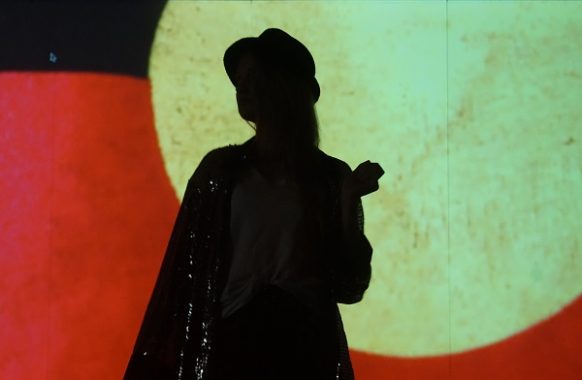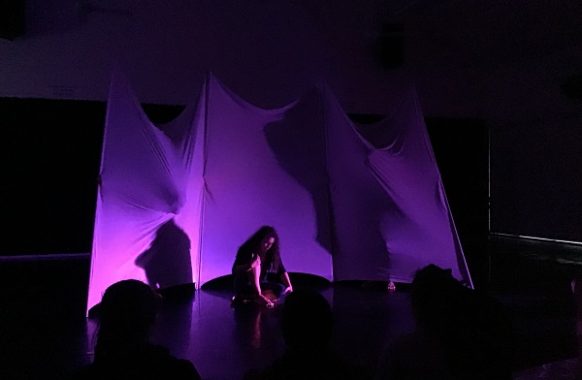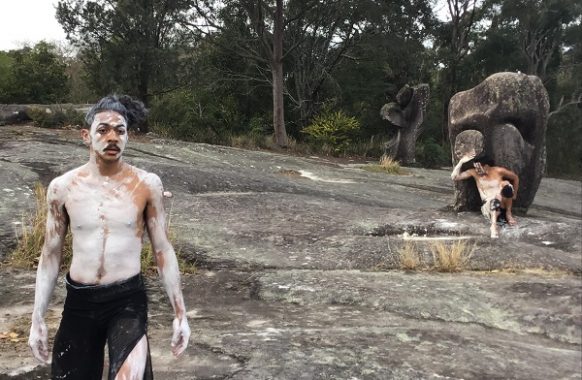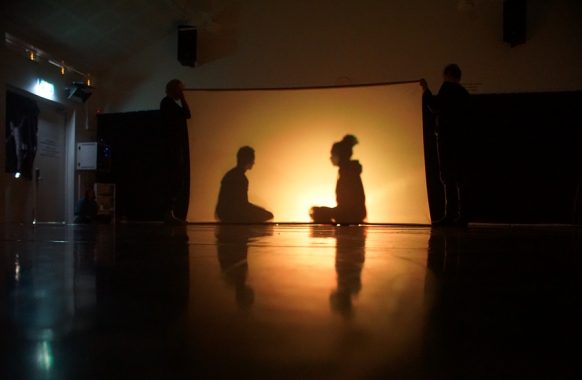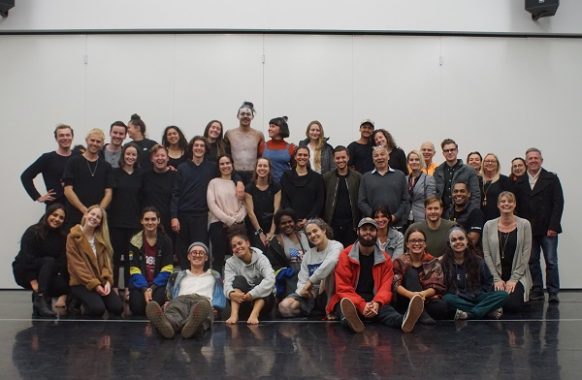NIDA’s Elizabeth Shearer, Project Administrator and Coordinator for the Directors and Writers, and Dr Ben Schostakowski, Course Leader for Directing, share their thoughts on the week-long collaboration between NAISDA’s Developing Artists and the students of NIDA’s Writers and Directors courses, which took place in July 2019.
Tell us about what this week has involved and the importance of it
Ben: In the Director’s Course we currently have six students and one exchange student undertaking classes and projects. This particular project is taking place in the middle of their training.
They do a 15-month Masters course where students come in with undergraduate degrees or at least five year’s of professional experience. Most of the course centres around giving the students one kind of clear working methodology as a director – how to collaborate with actors, designers and playwrights, creating a work, rehearsing it and then staging it.
We learn intensively as a group and then, step by step throughout the year, we do more and more external collaborations where they get to practice and refine their skills in the director’s role.
It’s a refreshing and exciting process for our directors. This week has been a chance for them to experience creative collaboration and devise work. Doing it with artists who are training specifically in movement and dance is a gear shift away from those who are focusing more on the acting side of things.
Elizabeth: There are ten writers in the Writer’s Course this year and this week is the biggest collaborative process they will do during the course. We often find that to be able to work with people from another discipline, like they are doing this week, is one of their favourite projects.
It’s an exciting thing to be able to practice the art off campus.
Why do you think collaborations between artists working in different mediums is so important to students’ creative development?
Elizabeth: It’s introducing a different skillset, adding something else to the table and offering a different perspective.
Ben: Yeah, I think that’s true. The exciting thing about it is having the opportunity to meet different groups of artists who are training and experiencing completely different approaches towards work, so they can share those skills and learn from each other.
It helps every artist at every stage of their career to constantly engage in new ways of working in order to think differently and enhance and refine your own approach.
There was no specific theme for this week’s work. Why was it important to give the students the freedom to explore their own themes?
Ben: With the idea that it is a creative collaboration, we didn’t want there to be any pre-planned ideas that they had to build towards. There’s no hierarchy – the group is set up in a way that any idea is possible and that any single creative artist in the room can contribute to that idea wholeheartedly.
Looking at the bigger picture, what would you like to see come out of this experience?
Elizabeth: I think we’ve talked a bit about how when the students leave NIDA and NAISDA, we want them to be able to continue the collaborative process and to work on shows together.
We’re always thinking what comes after NIDA and what they can provide to the industry after they’ve gone through the course.
Ben: They’re all here training to get into the industry as professional or independent artists, so the best thing we can hope for is that they’re establishing networks right now with the artists that they’re going to continue to work with in the industry.
They’re already able to network in that they’ve already met and they’re entering the industry at a similar time, and this puts them in a really great place.
To learn more about the collaboration and hear from other people involved in the project, click here.
